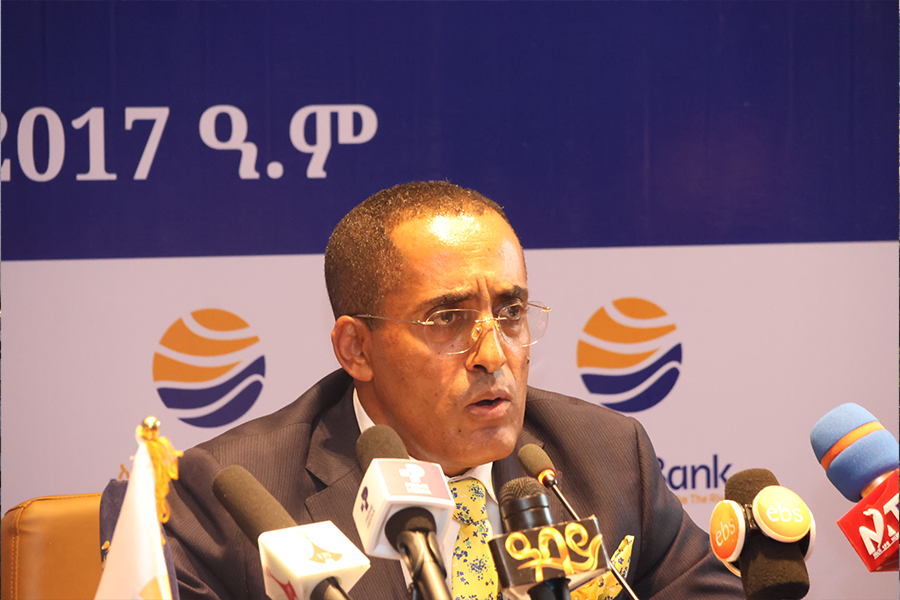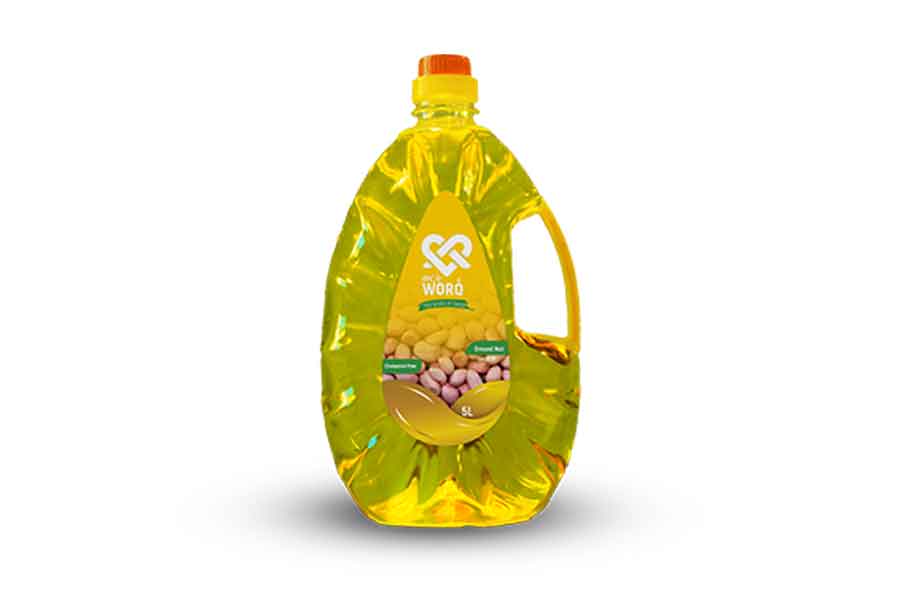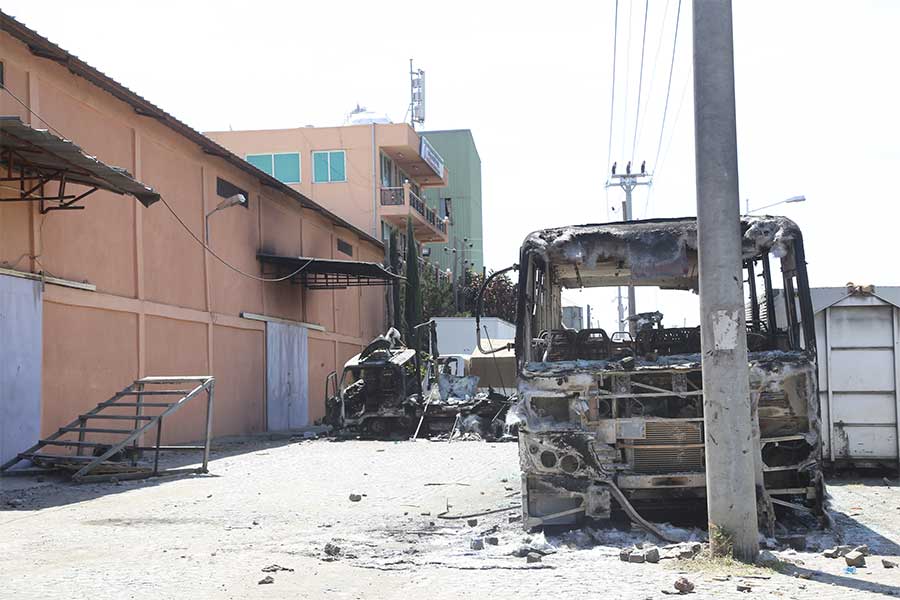
The Birr was devalued against a basket of major currencies twice over the last almost three decades. The first one was in 1992, when a new government under the late Meles Zenawi devalued the Birr from 2.07 to a dollar to five Birr. Following a series of depreciation since, the National Bank of Ethiopia (NBE) trimmed the currency by 17pc in 2010. Macroeconomists warned of major inflation as a result, and they were not wrong. Inflation picked up following the devaluation and before 2012 had reached 40pc to the exasperation of consumers.
Seven years went by and inflation came down to the single digits until only interrupted by the El Nino-induced drought in the mid-2010s. But in October 2017, the central bank took another slice out of the value of the Birr, this time with officials promising that inflation would not pick up. But it did and currently, together with a creeping 10-cent a day devaluation of the Birr in the last months of 2019, the inflation rate broke past 20pc, an amount as high as in 1992 but half it was recorded in 2008s historical high.
Increasing export earnings had been one of the main justifications for this policy. But neither the devaluation in 2010 nor in 2017 has been followed by an improvement to the state of the external sector. Now, as in then, revenues from the export of goods lies dormant at below three billion dollars.
PUBLISHED ON
Jan 05,2020 [ VOL
20 , NO
1028]

Fortune News | May 29,2021

Viewpoints | Jun 05,2021

Radar | Jun 30,2024

Viewpoints | Apr 26,2025

Radar | Jan 19,2024

Agenda | Aug 11,2024

Radar | May 13,2023

Commentaries | Aug 29,2020

News Analysis | Jan 05,2020

My Opinion | May 23,2021

Dec 22 , 2024 . By TIZITA SHEWAFERAW
Charged with transforming colossal state-owned enterprises into modern and competitiv...

Aug 18 , 2024 . By AKSAH ITALO
Although predictable Yonas Zerihun's job in the ride-hailing service is not immune to...

Jul 28 , 2024 . By TIZITA SHEWAFERAW
Unhabitual, perhaps too many, Samuel Gebreyohannes, 38, used to occasionally enjoy a couple of beers at breakfast. However, he recently swit...

Jul 13 , 2024 . By AKSAH ITALO
Investors who rely on tractors, trucks, and field vehicles for commuting, transporting commodities, and f...

Jun 28 , 2025
Meseret Damtie, the assertive auditor general, has never been shy about naming names...

Jun 21 , 2025
A well-worn adage says, “Budget is not destiny, but it is direction.” Examining t...

Jun 14 , 2025
Yet again, the Horn of Africa is bracing for trouble. A region already frayed by wars...

Jun 7 , 2025
Few promises shine brighter in Addis Abeba than the pledge of a roof for every family...